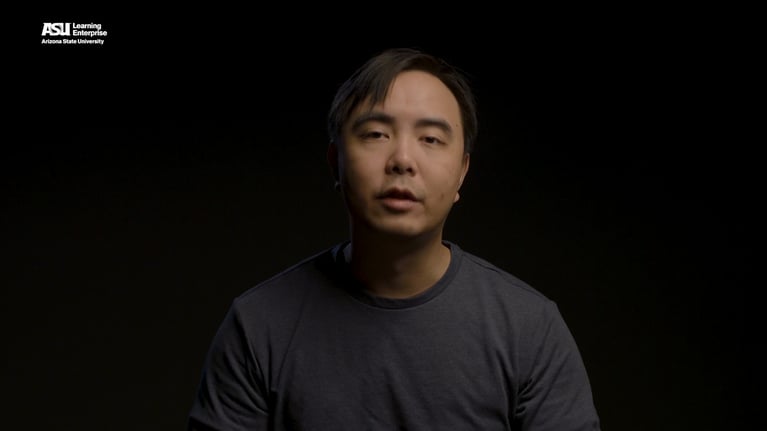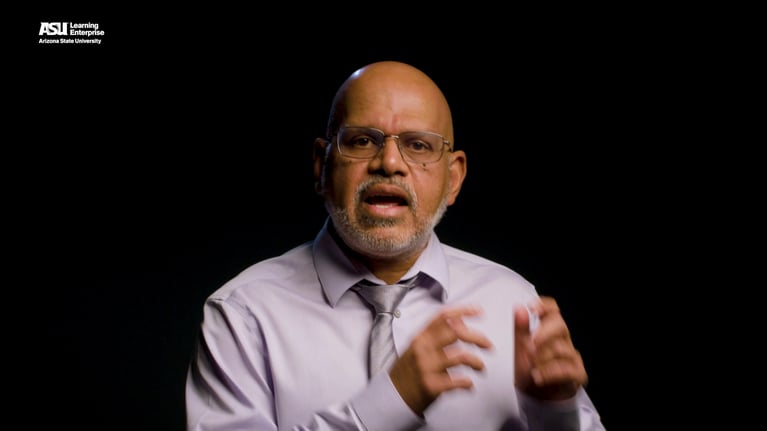In possibility thinking, everyone presents "what if" possibilities as potential solutions to a problem or challenge. Adapting a possibility mindset can be an effective way to move forward when a project seems daunting or impossible. Once the most promising possibility has been identified, the group identifies all the reasons why it could fail so they can brainstorm how to address these challenges before creating a plan for next steps.
Whenever you feel stuck and don't know how to proceed, it’s a sign that we need to engage in possibility thinking. Possibility thinking enables us to have breakthroughs in thinking when we otherwise feel stuck or do not know how to proceed.
So how do you engage in possibility thinking?
Fortunately, the possibility thinking protocol has been designed to support this process. The protocol has two parts. The first part will help you and others generate new possibilities for taking action. And the second part will help you and others proactively identify and address potential setbacks before you put those possibilities into action.
The first part of the protocol is all about generating possibilities. It has five easy steps. First step is to identify a facilitator. Who can quickly provide an overview of the protocol.
Step 2 involves having a person or a representative of a team concisely describe a challenge or impasse that they are facing.
Next, in step 3, the facilitator invites others to ask any clarifying questions.
Once everyone is clear on the problem or challenge, you can move to Step 4, which involves having everyone pose what if possibilities to the person that presented the challenge. Participants are encouraged to provide as many new and different ways of thinking about the problem as they can. The key is to preface all suggestions with “what if?” to signal that it's just a possibility to be considered. The possibilities should encourage the presenter to challenge their assumptions about the problem. During this step, the presenter listens quietly without interrupting or clarifying, perhaps taking notes. The goal is for the presenter to receive as many different perspectives and possibilities without short circuiting the process with interruptions such as “I've already tried that” or “that would never work.”
In Step 5, the facilitator invites the presenter to identify and describe the most promising possibility, which offers a new and different way of thinking about and taking action on the problem and initial steps that can be taken to put this possibility into action.
This brings us to the second part of the possibility thinking protocol. Part two of the protocol is all about anticipating and proactively addressing setbacks. It's best used before launching any new project or initiative.
First the facilitator explains that the goal is to anticipate and proactively address potential hazards of implementing the possibility selected in part 1. The facilitator asked the group to imagine that the idea has been implemented but has resulted in a spectacular failure.
Then, the facilitator asks everyone in the group to share reasons why the action or possibility failed. This is important because when we generate actionable possibilities, we feel enthusiastic about implementing them. But it is important to first seriously consider potential concerns. Think of the engineers who had concerns that may have prevented the NASA Challenger disaster, but their concerns were not heeded.
Next, the facilitator reads aloud each imagined reason for why the possibility failed. These reasons become actionable data (you can even generate a frequency distribution of the most frequent ideas for why implementing the possibility might fail). The facilitator then invites the group to work together to proactively address these anticipated challenges.


